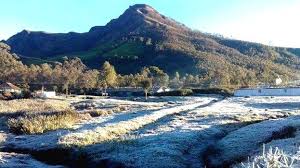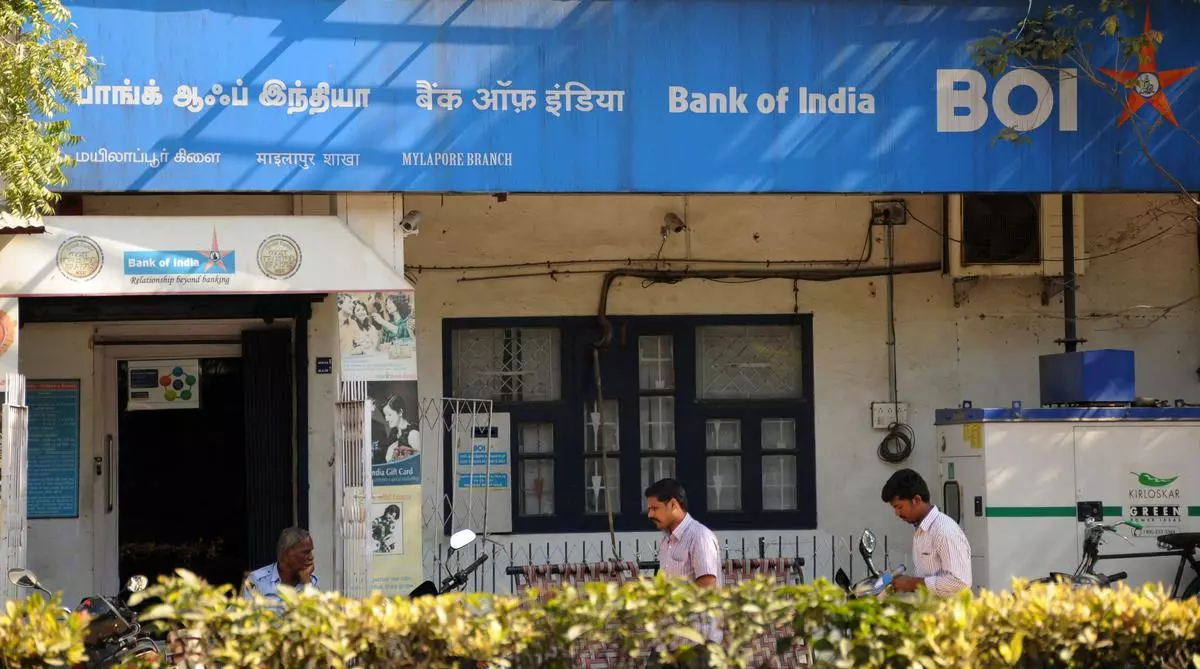The Coldest Place in Kerala: A New Record for the State
Introduction to the Coldest Place
Recently, Kerala has recorded its coldest temperature in history, making headlines across the nation. The village of Munnar, located in the Idukki district, has achieved this significant meteorological milestone. Known for its picturesque landscapes and tea gardens, Munnar has now added another feather to its cap with this record-breaking low temperature.
Details of the Temperature Record
On a particularly chilly night, Munnar recorded a temperature of 6.8°C (44.2°F), setting a new record for the coldest temperature ever recorded in the state. This temperature surpasses previous records, highlighting the region’s capacity for extreme weather conditions, despite Kerala’s generally tropical climate. The record-setting cold snap was attributed to a combination of high altitude and recent weather patterns.
Meteorological Factors Behind the Cold Snap
The unusually cold temperatures in Munnar are primarily due to its high elevation, which reaches up to 1,600 meters (5,250 feet) above sea level. The area’s unique geographical position makes it susceptible to cooler temperatures, especially during the monsoon and winter seasons. Additionally, a recent shift in weather patterns has contributed to the drop in temperatures, with cooler winds from the northern regions influencing the climate in Munnar.
Impact on Local Communities and Tourism
The new temperature record has significant implications for local communities and tourism. While the chilly weather has brought a fresh appeal to the region, attracting tourists seeking to experience Kerala’s colder side, it also poses challenges for local agriculture and daily life. Farmers are particularly concerned about the potential impact on crops, while residents are adjusting to the sudden drop in temperatures.
Government and Environmental Responses
In response to this climatic change, local authorities and environmentalists are closely monitoring the situation. Measures are being discussed to mitigate the impact on agriculture and to ensure that the tourism sector can sustainably benefit from the cooler climate. Environmental experts are also studying the long-term effects of these temperature changes on the local ecosystem.

Why This News is Important
Impact on Climate Understanding
The record low temperature in Munnar provides valuable insights into the broader climate patterns affecting the region. Understanding these changes is crucial for predicting future weather trends and preparing for potential climate anomalies. This information is important for meteorologists, environmental scientists, and policymakers.
Influence on Local Agriculture
The cooler temperatures can have a profound impact on agriculture, particularly in areas like Munnar where crops are sensitive to temperature changes. This record-setting cold snap highlights the need for farmers to adapt to varying climatic conditions to ensure the sustainability of their crops.
Tourism Implications
For the tourism industry, the cold weather presents both opportunities and challenges. While the cooler temperatures attract visitors seeking a break from the heat, there is a need for infrastructure and services to support the influx of tourists. This news underscores the importance of planning and managing tourism in response to climatic changes.
Environmental Monitoring
The record low temperature in Munnar calls attention to the need for ongoing environmental monitoring. By studying how local climates are changing, researchers can better understand the impacts on biodiversity and ecosystems. This information is essential for developing strategies to protect the environment.
Historical Significance
Kerala’s history of tropical weather is contrasted by this new record cold temperature. The historical context of weather records in the state highlights how climatic patterns can evolve and impact various aspects of life in the region.
Historical Context: Background Information on Kerala’s Climate
Kerala’s Tropical Climate
Kerala is traditionally known for its tropical climate, characterized by high humidity and consistent warm temperatures throughout the year. The state’s weather patterns are influenced by the monsoon seasons, which bring significant rainfall and moderate temperatures. Historically, Kerala has not experienced extreme temperature variations compared to other regions in India.
Changes in Weather Patterns
Over recent years, Kerala has witnessed changes in weather patterns, including unusual temperature drops and fluctuations. These changes are partly attributed to global climate change and shifting atmospheric conditions. The record low temperature in Munnar is a part of this broader trend, highlighting the impact of climate change on traditionally stable weather regions.
Significance of High Altitude Areas
High altitude areas like Munnar have always experienced cooler temperatures compared to lower elevations. However, the recent record low highlights the extreme end of this climatic range. Understanding these patterns helps in assessing the broader implications of altitude on weather and climate.
Key Takeaways from The Coldest Place in Kerala
| Serial Number | Key Takeaway |
|---|---|
| 1 | Munnar in Kerala recorded its coldest temperature ever at 6.8°C (44.2°F). |
| 2 | The record-setting cold is due to Munnar’s high elevation and recent weather patterns. |
| 3 | The cooler temperatures impact local agriculture, with potential effects on crops. |
| 4 | The cold snap has implications for tourism, offering new attractions but requiring infrastructure adjustments. |
| 5 | The event highlights the need for environmental monitoring and adaptation strategies due to changing climatic conditions. |
Important FAQs for Students from this News
1. What is the coldest temperature ever recorded in Kerala?
The coldest temperature ever recorded in Kerala is 6.8°C (44.2°F), which was recently noted in Munnar.
2. Why did Munnar experience such a low temperature?
Munnar experienced this low temperature due to its high elevation (about 1,600 meters above sea level) and recent changes in weather patterns, including cooler winds from northern regions.
3. How does the cold temperature affect local agriculture?
The cooler temperatures can negatively impact crops in the region, as many agricultural products are sensitive to temperature changes. Farmers may need to adapt their practices to mitigate potential damage.
4. What are the implications of the cold snap for tourism in Munnar?
The cold snap has attracted tourists interested in experiencing Kerala’s cooler side, presenting opportunities for increased tourism. However, it also necessitates improvements in infrastructure and services to accommodate the influx of visitors.
5. How are local authorities responding to the record low temperature?
Local authorities are monitoring the situation closely and discussing measures to address its impact on agriculture and tourism. Environmental experts are also studying the long-term effects on the local ecosystem.
Some Important Current Affairs Links


















